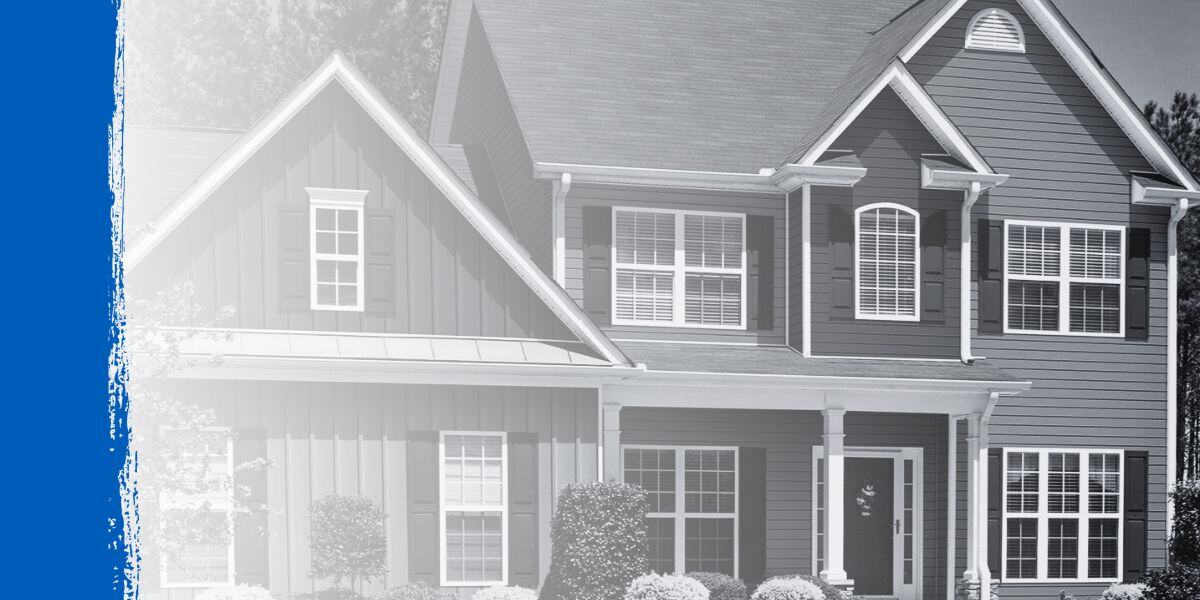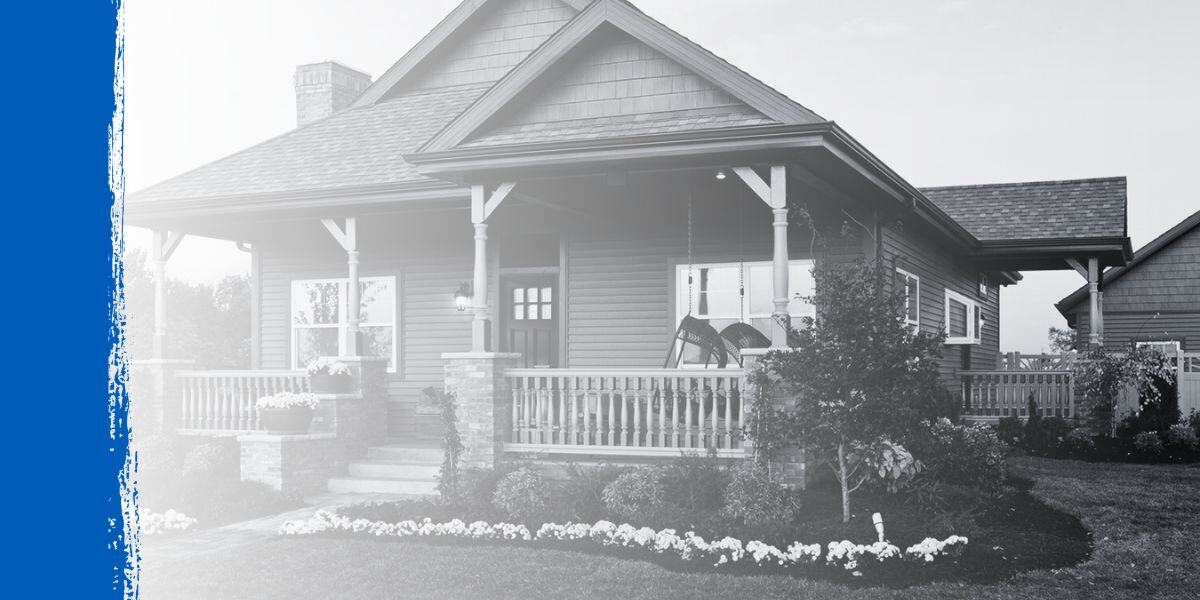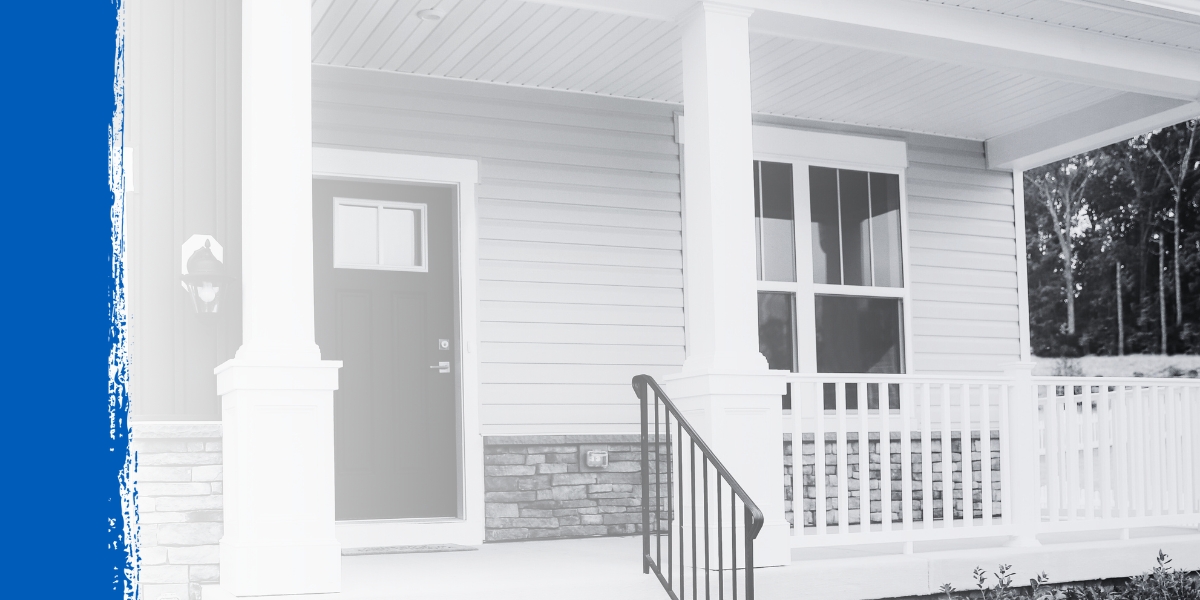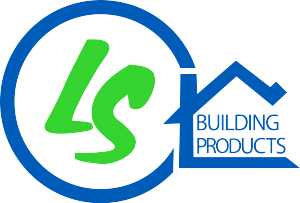Board and batten siding is having a moment—and for good reason. From classic farmhouse charm to sleek modern designs, this vertical exterior siding offers homeowners a way to elevate curb appeal while embracing both tradition and trend.
At LS Building Products, we’ve seen a surge in interest around board and batten siding, particularly in vinyl and engineered materials. Whether you’re a contractor working on new residential builds or a homeowner exploring your next exterior upgrade, understanding the pros and cons of board and batten siding is key.

What Is Board and Batten Siding?
Board and batten siding is a style of vertical siding that uses alternating wide boards and narrow battens (strips) to create a layered, dimensional look across the entire exterior. This design originated from barns and rural structures but has evolved into a favorite for residential exteriors—especially in farmhouse siding applications.
Today, it’s commonly seen on modern farmhouses, cottages, and even contemporary homes.
Common Building Materials Used
Today’s board and batten siding is available in several durable, weather-resistant materials:
- Vinyl: A popular, cost-effective choice that offers low maintenance and a wide range of color options. It resists moisture, insects, and fading, making it ideal for long-term performance.
- Engineered Wood: Designed to mimic real wood while offering better durability and resistance to warping or decay. It provides a more authentic texture and is often pre-finished for added convenience.
- Fiber Cement: A heavy-duty option known for its strength and fire resistance. Fiber cement can replicate the look of wood but typically requires professional installation due to its weight.
- Natural Wood: Offers the most traditional look but requires frequent maintenance to prevent rot, insect damage, and fading.
Choosing the right material depends on your project goals, maintenance preferences, and budget. At LS Building Products, we carry a wide selection of vinyl and engineered board and batten siding to suit a range of residential applications.
Why Is Board and Batten Siding Trending?
There are a few reasons for the continued rise of board and batten style in home exteriors:
- Modern Farmhouse Popularity: As farmhouse-style architecture becomes a go-to design trend, board and batten siding naturally follows suit as the cladding of choice.
- Visual Height & Drama: The vertical lines offers an aesthetic appeal that draw the eye upward, creating the illusion of taller walls and more architectural presence.
- Versatile Material Options: Thanks to innovations in vinyl and engineered siding, contractors can now install the board and batten look with low-maintenance materials that are built to last.

Pros and Cons of Board and Batten Siding
Understanding the pros and cons of board and batten helps guide the right material selection and installation decisions for your project.
Pros:
- Timeless Aesthetic: An attractive blend of rustic charm with contemporary clean lines.
- Durability in Modern Materials: Engineered and vinyl options resist moisture, pests, and warping far better than traditional wood.
- Low Maintenance: Vinyl board and batten siding doesn’t require painting or staining and can be easily cleaned with water.
- Increased Curb Appeal: This unique vertical siding style adds texture and dimension, helping homes stand out in the neighborhood.
- Energy Efficiency: When installed properly with insulation, vertical siding can help improve a home’s thermal performance.
Cons:
- Installation Complexity: Installing board and batten vinyl or engineered panels takes precision to align boards and battens evenly.
- Higher Material Costs (for Premium Styles): High-end engineered panels may come at a higher upfront cost compared to traditional horizontal siding.
- Limited in Some Regions: While it’s growing in popularity, some HOA guidelines or architectural norms may favor horizontal styles.
Tips for Installing Board and Batten Vinyl or Engineered Siding
If you're considering or preparing for a board and batten vinyl siding installation job, these tips can help streamline the process and ensure a polished finish:
Start with a Level Base
Ensure the starter strip is level, especially important for vertical installations to maintain alignment all the way up.
Use Manufacturer Guidelines
Different vinyl and engineered products come with unique locking mechanisms and spacing requirements—follow them closely.
Mind Expansion Gaps
Vinyl expands and contracts with temperature changes. Leave appropriate spacing at joints.
Work Top to Bottom for Battens
With true board and batten panels or two-piece systems, secure the wider boards first, then install battens to cover seams or expansion gaps.
Invest in Quality Trim Accessories
Vertical siding works best with corner posts, j-channels, and window trims designed for the board and batten style to maintain a clean look.

Board and Batten Siding vs Shiplap: What’s the Difference?
While both board and batten and shiplap offer timeless appeal and strong visual character, they differ significantly in style, orientation, and application—especially when used as exterior siding.
|
Feature |
Board and Batten Siding |
Shiplap Siding |
|---|---|---|
|
Orientation |
Vertical |
Horizontal |
|
Design |
Wide boards with narrow battens covering seams |
Overlapping boards with rabbet joints |
|
Aesthetic Style |
Farmhouse, rustic, modern |
Traditional, coastal, cottage |
|
Common Applications |
Exterior siding, gables, accent walls |
Interior walls, exterior accents |
|
Material Options |
Vinyl, engineered wood, fiber cement |
Wood, engineered wood (limited vinyl for exteriors) |
|
Visual Impact |
Adds height and texture; creates bold curb appeal |
Clean lines and subtle depth |
|
Maintenance |
Low (with vinyl/engineered options) |
Moderate to high (especially in wood applications) |
|
Installation |
Requires precise vertical alignment and batten spacing |
Straightforward horizontal panel installation |
Which Should You Choose?
If you're aiming for a bold exterior with strong vertical lines and a farmhouse aesthetic, board and batten siding is the better choice—especially when using low-maintenance vinyl or engineered options.
Shiplap remains popular for interiors and horizontal applications but offers less architectural impact when used outside.
Partner with LS Building Products for Your Board and Batten Siding Projects
As board and batten siding continues to grow in popularity for both modern and farmhouse-style homes, choosing the right materials—and the right supplier—is essential. At LS Building Products, we offer a wide selection of vertical siding solutions, including durable vinyl and engineered board and batten siding from trusted manufacturers.
Our team works closely with contractors and builders throughout the central Illinois area, providing reliable delivery, in-depth product knowledge, and customer-focused support to help every project run smoothly. Whether you're outfitting a custom home or updating an exterior with low-maintenance siding, we’re here to guide you to the best fit for your performance needs and design goals.
Ready to get started? Contact LS Building Products today to explore our full range of siding solutions and bring your next exterior project to life with confidence.
Frequently Asked Questions
What is board and batten siding?
Board and batten siding is a type of vertical exterior siding that features wide boards installed vertically with narrow battens (strips) covering the seams. This design adds texture and depth, making it a popular choice for both traditional farmhouse and modern home styles.
Is vinyl board and batten siding durable?
Yes, vinyl board and batten siding is highly durable. It's resistant to moisture, warping, and pests, and it requires minimal maintenance compared to wood. It's also available in a range of colors and textures that replicate the look of natural materials.
Is board and batten siding vulnerable to termite damage?
It depends on the material. Natural wood board and batten siding is susceptible to termites if not properly treated and maintained. However, vinyl and engineered board and batten siding options—like those available at LS Building Products—are resistant to termites and other pests, making them a smart, low-maintenance choice for long-term protection and peace of mind.
What are the pros and cons of board and batten siding?
Pros include timeless curb appeal, low maintenance, and compatibility with various home exteriors and styles. Cons may include slightly higher installation complexity and, in some cases, higher upfront material costs—especially for premium engineered options.
Can board and batten siding be used on the entire house?
Absolutely. Many homeowners use board and batten as the primary siding for a dramatic, cohesive look. It can also be used as an accent on gables, dormers, or entryways to add visual interest.
How does installing board and batten vinyl siding differ from other types?
Installing board and batten vinyl requires extra attention to alignment and spacing, especially because of the vertical orientation. Panels must be installed level and allow for expansion and contraction. Using proper trim and accessories also ensures a clean, finished appearance.
Is board and batten siding more expensive than traditional siding?
Costs can vary depending on the material. Vinyl board and batten is often competitively priced, while engineered and composite options such as fiber cement may carry a higher upfront cost due to enhanced durability and appearance. However, the long-term value and low maintenance often outweigh the initial investment.
Where can I purchase quality board and batten siding?
You can find a wide selection of vinyl and engineered board and batten siding at LS Building Products. We support contractors and builders across the central Illinois area with trusted products, timely delivery, and expert service.
.png?width=98&height=67&name=Logo%20(13).png)
.png) Inside the Rise of Board and Batten Siding: Pros, Cons & Installation Tips" loading="lazy">
Inside the Rise of Board and Batten Siding: Pros, Cons & Installation Tips" loading="lazy">






